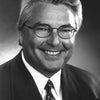
HAVANA -- The black, sinister-looking Soviet SS-4 intermediate-ranged missile on display at Havana's La Cabana fortress looked old, roughly finished, and rather primitive.
But this missile, and 41 others (including some longer-ranged SS-5's) terrified the United States during the October 1962 missile crisis -- 13 days that shook the world. Each of them could have delivered a one megaton warhead onto America's East Coast cities, starting with Washington D.C. One megaton is a city-buster.
When the Cuban missile crisis erupted 50 years ago this month, I was a student at Washington's Georgetown University Foreign Service School. Cuba was headline news. The Cold War was at its peak.
A CIA-operation to invade Cuba and overthrow Fidel Castro's Marxist government had spectacularly failed at the Bay of Pigs. The new, inexperienced U.S. president, John Kennedy, got cold feet in the last minute and called off vital air cover for an invasion by Cuban exiles. Deprived of air cover, most were killed or captured.
The Pentagon urged a full-scale U.S. invasion of Cuba, backed by massive naval and air power. The Kennedy administration wavered.
Soviet Chairman Nikita Khrushchev seized the moment by sneaking 42 medium-ranged missiles and smaller tactical nukes into Cuba, right under the nose of the Americans. When U.S. U-2 spy planes finally spotted the Soviet missile bases all hell broke loose.
U.S. forces went to DEFCON 3, then DEFCON 2 -- the highest readiness stage before all-out war. Six U.S. army and Marine divisions moved to South Florida and Georgia. Nearly 600 U.S. warplanes were poised to attack. On 25 Oct. nuclear weapons were loaded onto U.S. B-47 and B-52 bombers. Seventy five percent of the Strategic Air Command's bombers were airborne or poised to attack the USSR.
Hot-headed Fidel Castro furiously demanded Khrushchev launch a preemptive nuclear strike on the U.S. Decades later, Castro admitted this was a terrible mistake. Fortunately, the Soviet leadership said "nyet!" A nuclear exchange in 1962 between the U.S. and USSR would have killed an estimated 100 million people on each side.
As Soviet freighters steamed towards Cuba, the Kennedy White House imposed a naval and air blockade on Cuba. But it was called a "quarantine" since under international law a blockade is an act of war. Today, in the undeclared war against Iran, the favored term is "sanctions."
I watched all this from Washington, knowing the city was the first target for a Soviet nuclear strike. Some wise people left town. Wealthy Latin American families chartered aircrafts to bring their children home. The university chapel was filled with students on their knees, many weeping, and saying Hail Marys.
Looking back, I don't know why my friends and I didn't high tail it out of Washington. I guess we simply could not believe that nuclear Armageddon was at hand. But it was. Soviet and U.S. forces were heading for a collision.
Then, the blustering but crafty Khrushchev offered to take Soviet missiles out of Cuba if the U.S. pledged never to invade the island. Kennedy readily accepted the deal. In a secret codicil, Kennedy agreed to quietly withdraw U.S. nuclear-armed Thor and Jupiter missiles targeted on the USSR from Turkey and Italy.
The deal was done. Washington hailed it as a huge victory for President Kennedy, who became a national hero and icon. This mythology persists in the U.S. today. The American public is still largely unaware of the secret deal.
In the end, the Soviet Union came out ahead. Cuba was saved from a U.S. invasion, which was Moscow's principal strategic goal, along with preserving the Castro regime.
U.S. missiles in Turkey and Italy (and likely Britain) threatening the USSR were removed, but the story remained secret for decades. Unaware of it, the Soviet politburo ousted Khrushchev a year later for "reckless, hare-brained schemes" and made the dim Leonid Brezhnev chairman.
Fortunately, the U.S. military was not allowed to invade Cuba: Unknown at the time, Soviet troops there were authorized to use 100 tactical nuclear weapons against any invading force and their bases in South Florida. As Wellington said after Waterloo, "it was a damned near-run thing."
But this "victory" misled America into hubris and over-relying on military action to resolve its future political problems.
Copyright Eric S. Margolis 2012.
